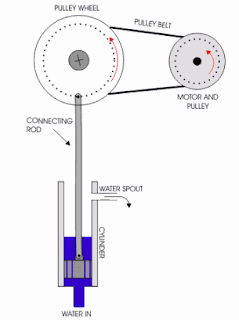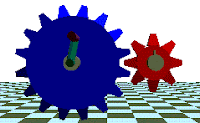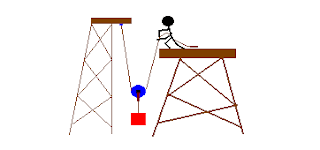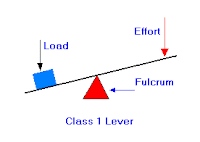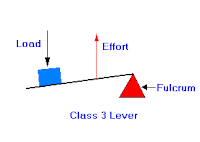A Crank-connecting-rod is a Mechanism for transformation of rectilineal motion into a rotatory one and vice versa
Above, the crankshaft( in red), sometimes casually abbreviated to crank, is the part of an engine which translates reciprocating linear piston motion into rotation
0
comentarios

